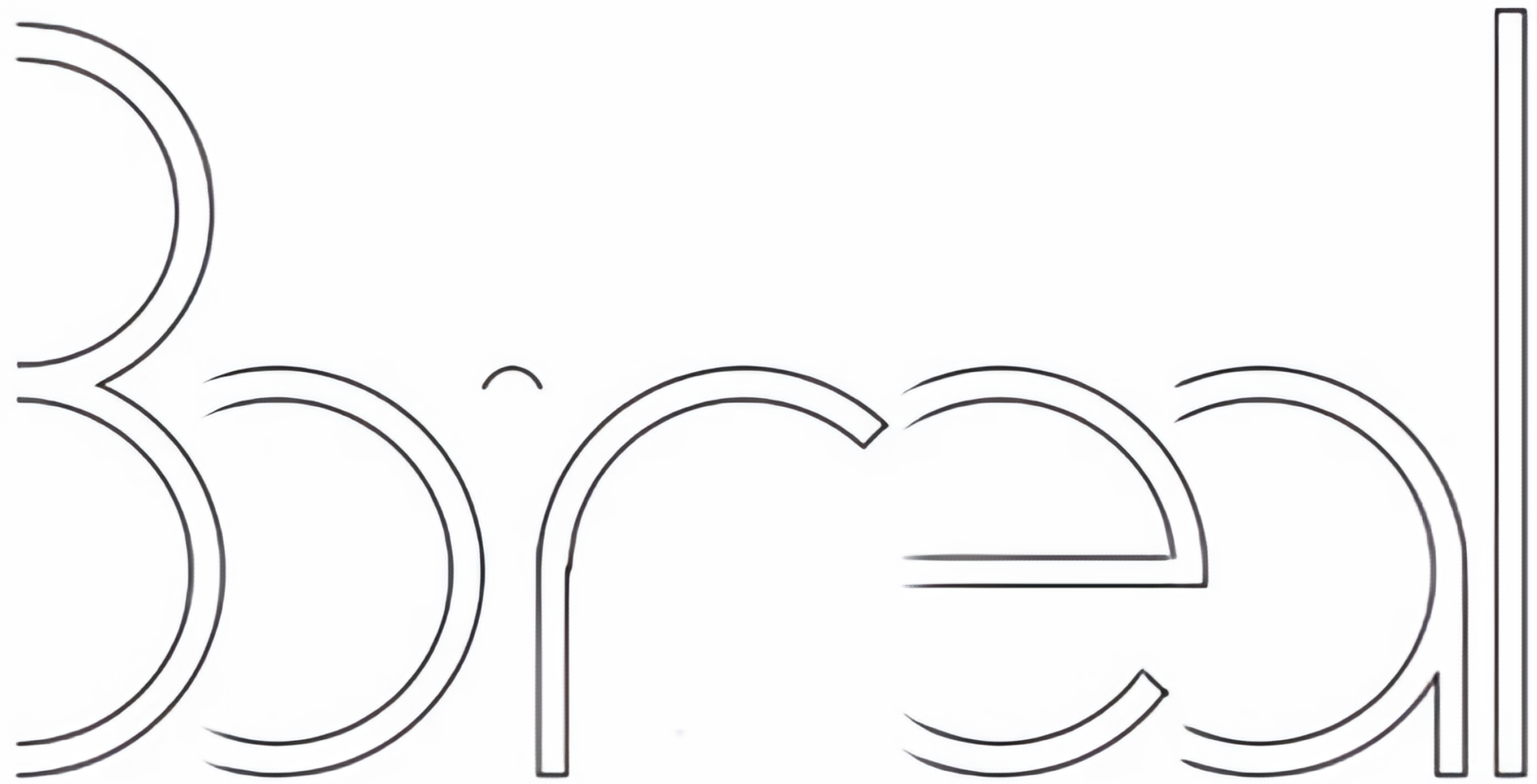In the global pursuit of sustainable urban living, the challenge of carbon emissions looms large, threatening both local ecosystems and the stability of our planet’s climate. The concept of achieving net-zero carbon emissions has emerged as a guiding principle, particularly within the context of smart cities – urban hubs equipped with advanced technologies and innovative strategies aimed at addressing environmental concerns.
Recent research from Singapore has spotlighted the integration of renewable energy sources as a key strategy in curbing carbon emissions within smart cities. By harnessing solar, wind, and hydroelectric power, cities aim to reduce reliance on fossil fuels, thus mitigating their carbon footprint. Moreover, advancements in energy storage systems and grid management technologies have bolstered these efforts, ensuring the efficient utilization of renewable resources.
One notable approach gaining traction in this domain is the application of advanced machine learning techniques, such as the Gated Recurrent Unit (GRU) model, for accurate load forecasting in smart grids. By leveraging GRU networks, cities can predict variations in energy demand with remarkable precision, enabling proactive management of resources and optimization of energy distribution networks.
In tandem with machine learning, optimisation algorithms like Ant Colony Optimisation (ACO) have emerged as valuable tools for navigating the complexities of smart city energy management. Inspired by the collective behavior of ants, ACO enables the identification of optimal pathways within energy distribution networks, minimizing wastage and maximizing resource utilization.
Furthermore, the development of Digital Twin technology offers a practical solution for modeling and simulating smart city environments. By creating digital replicas of urban systems, cities can conduct precise analysis and experimentation, enabling informed decision-making regarding infrastructure upgrades, maintenance, and future expansions.
The integration of these technologies and strategies represents a holistic approach towards achieving net-zero carbon emissions in smart cities. Policymakers play a pivotal role in supporting these efforts by incentivising renewable energy integration, investing in research and development of advanced technologies, and promoting the adoption of Digital Twin platforms for urban planning and management.
In conclusion, the synergy of renewable energy integration, advanced machine learning, optimisation algorithms, and Digital Twin modeling holds immense potential in driving smart cities towards a sustainable, net-zero energy future. As we continue to innovate and collaborate across disciplines, we inch closer to realizing the vision of thriving urban environments that coexist harmoniously with nature.
Source
Carbon peak control for achieving net-zero renewable-based smart cities: Digital twin modeling and simulation, Sustainable Energy Technology and Investments, 2024-05
